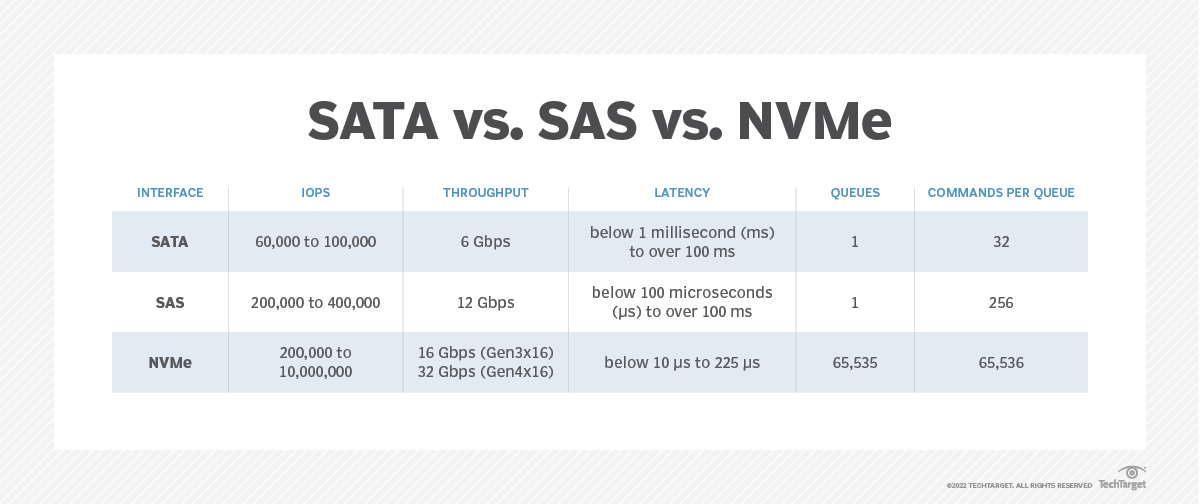I mean, I'm just answering the question you posited.:So what you're saying is most PCs - as the Steam hardware survey shows - is way more modest and not in any way representative of recent modern technologies standards?
You could also ask why every person in a project car building enthusiast forum has at least 500 wheel horsepower, when the majority of cars on the road are podunking around with one third or less of this power.Why is every PC in every forum technical debate, always equipped with a good amount of RAM, the latest bus technologies and the fastest I/O technologies available?
Yes, the steam survey is correct. Why even bring it up? Are we angling for a console-vs-PC war post fest? And for what purpose, exactly?

